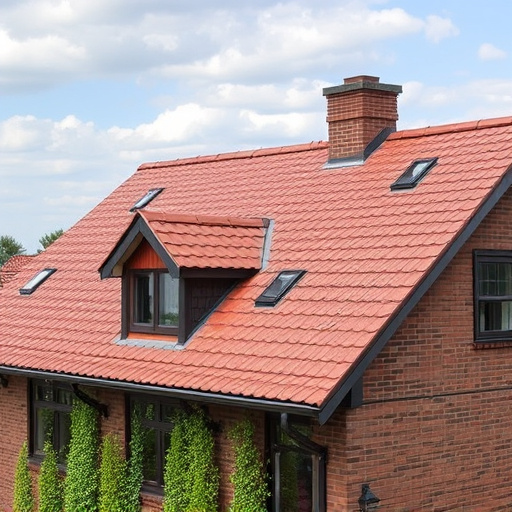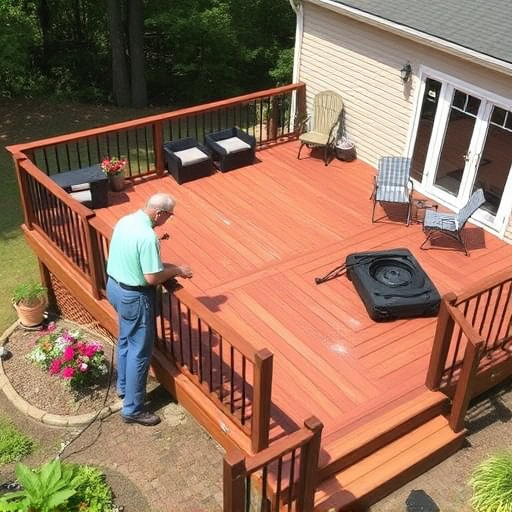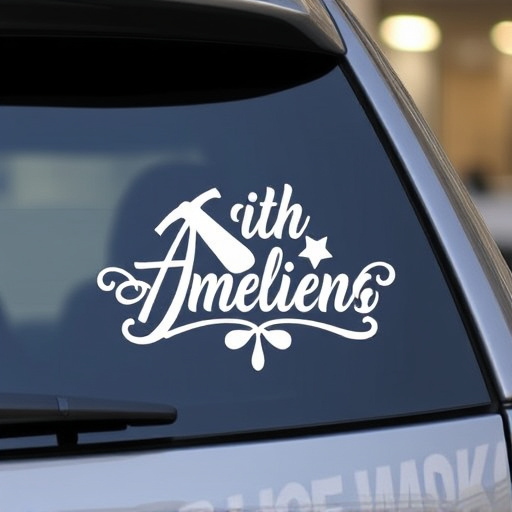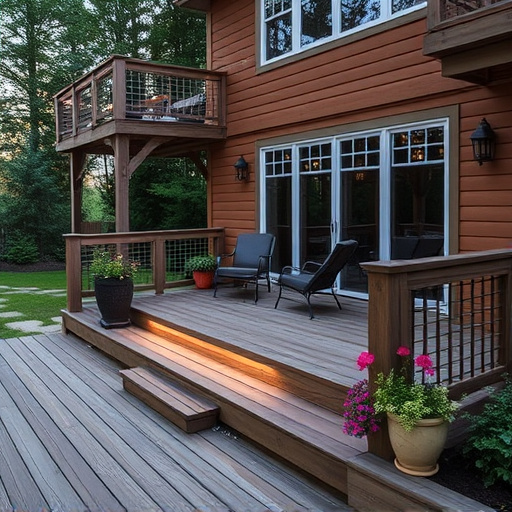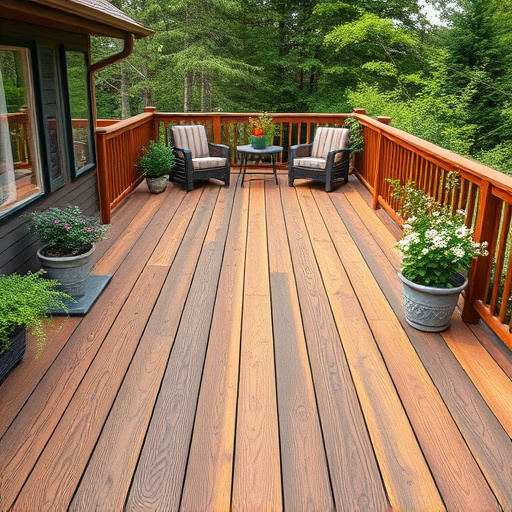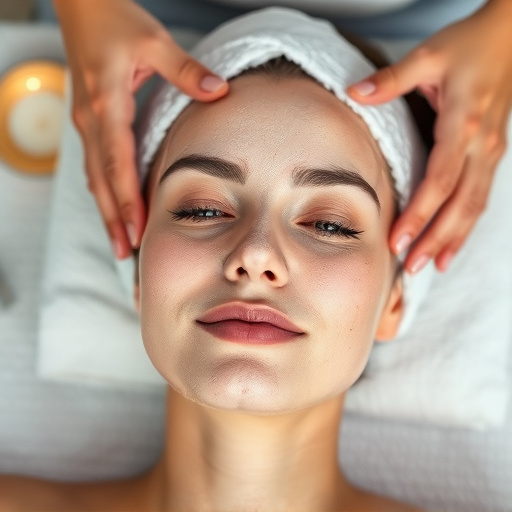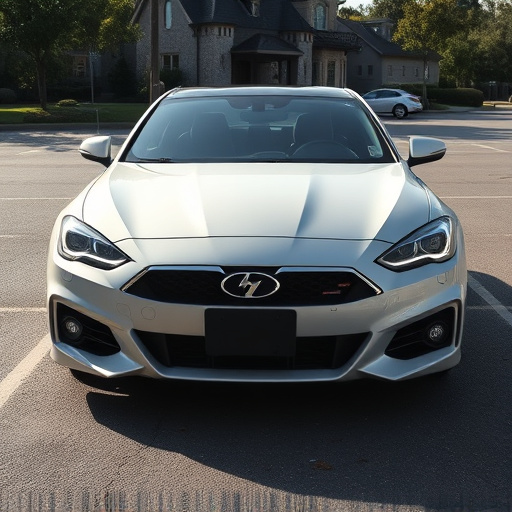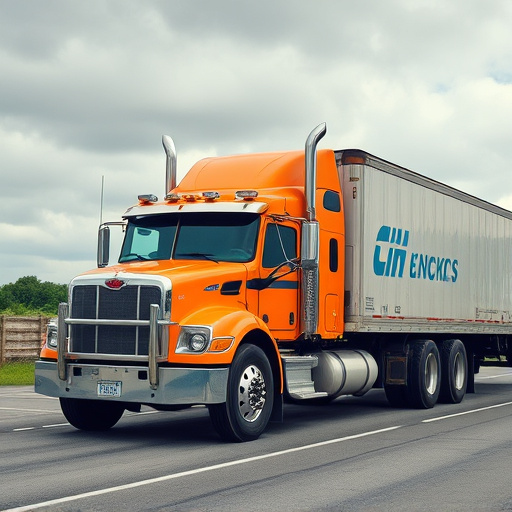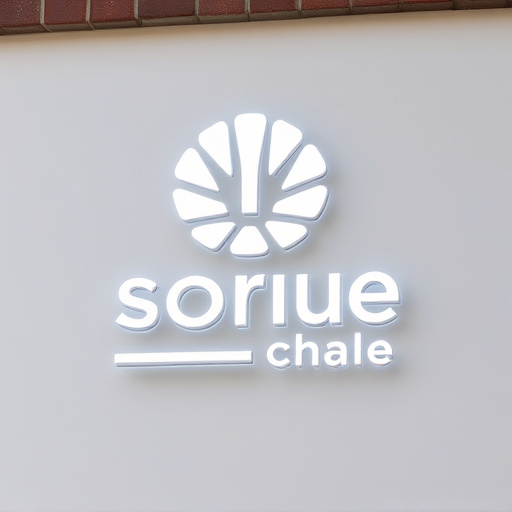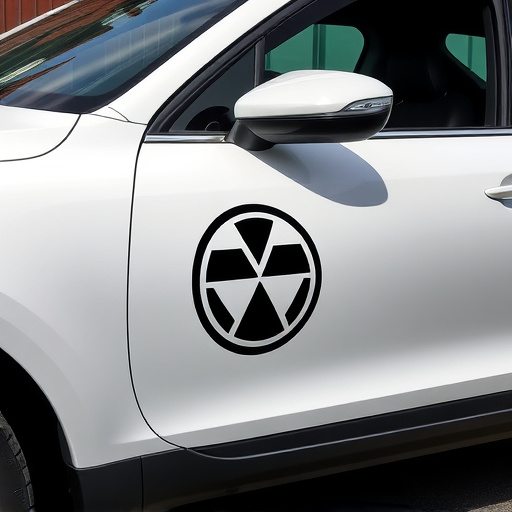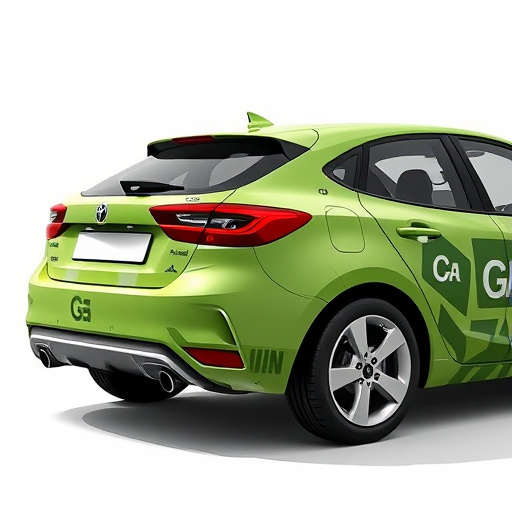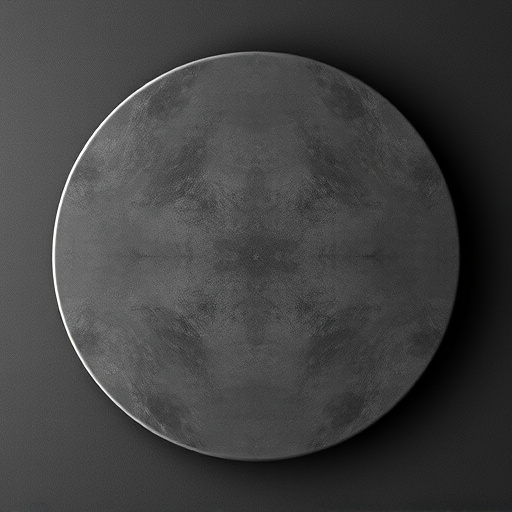Selecting the correct clear coat, compatible with your substrate and desired finish, is crucial for DIY restoration projects. Inadequate preparation, such as skipping sanding or priming, can lead to coating failure. Proper surface prep ensures long-lasting results, preventing peeling and chipping, even with thin ceramic coats.
“Avoid common pitfalls in your DIY clear coat restoration projects! This guide sheds light on frequent errors that can lead to subpar results. From selecting the unsuitable clear coat for your substrate to application blunders and overlooking crucial curing steps, each mistake impacts the final finish. Learn how to achieve a perfect restoration by understanding material compatibility, proper application techniques, and the importance of post-restoration sealing. Master these aspects, and you’ll create a durable, glossy finish that will enhance any surface.”
- Choosing the Wrong Clear Coat for Your Project
- – Misunderstanding material compatibility with substrate
- – Ignoring surface preparation and cleaning
Choosing the Wrong Clear Coat for Your Project
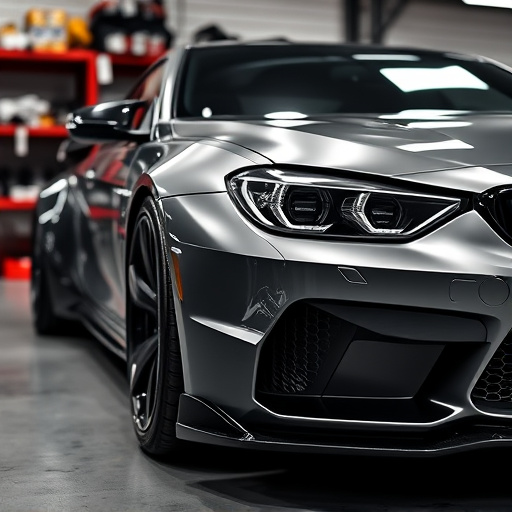
When embarking on a DIY clear coat restoration project, one common pitfall is selecting an unsuitable clear coat for your specific needs. Not all clear coats are created equal; each has unique properties designed for different applications. For instance, a clear coat meant for automotive finishes may not provide the best protection or aesthetics for wooden furniture or ceramic surfaces.
Choosing the right clear coat is crucial for achieving long-lasting results and preserving the restored item’s appearance. Factors like UV protection, which are essential in outdoor restoration, should be considered alongside the substrate material. Additionally, some clear coats offer enhanced durability and resistance to scratches, ideal for high-traffic areas or items prone to wear and tear, while others focus on providing a deep, glossy finish, perfect for showcasing the underlying surface’s beauty, much like ceramic window tinting enhances glass without obscuring the view.
– Misunderstanding material compatibility with substrate

Many DIY enthusiasts embark on clear coat restoration projects with high hopes of achieving a showroom-like finish for their cars or other surfaces. However, one common pitfall is misunderstanding the compatibility of materials used. It’s crucial to ensure that the chosen clear coat and primer are suitable for the substrate—whether it’s metal, wood, or another material—to avoid disastrous results. Using the wrong combination can lead to flaking, bubbling, or simply failing to adhere properly, negating the purpose of the restoration effort.
This issue often arises due to an inadequate understanding of the chemical composition and requirements of both protective coatings. For instance, certain clear coats perform best with specific primers designed for their compatibility. Ignoring this compatibility can result in a surface that looks far from the desired high-quality finishes, leaving folks with a less-than-satisfactory car customization outcome.
– Ignoring surface preparation and cleaning

One of the most common mistakes homeowners make when undertaking DIY clear coat restoration projects is overlooking the importance of surface preparation and cleaning. Before applying any clear coat, it’s crucial to thoroughly clean the surface to remove dirt, dust, grease, and other contaminants that can impair adhesion and visibility. Neglecting this step often results in an uneven finish, with areas of poor coverage or visible imperfections. Remember, a solid foundation is key to achieving high-quality finishes, ensuring your efforts don’t go to waste.
In addition to cleaning, inadequate surface preparation can include failing to sand down rough spots, fill in scratches and dents, or prime the surface properly. These oversights can lead to issues like pealing, chipping, and loss of scratch protection provided by the clear coat, ultimately requiring a complete redo. Even a thin layer of ceramic coating can enhance durability and protect against future damage, so it’s worth investing time in preparing the surface correctly for long-lasting results.
When embarking on a DIY clear coat restoration project, understanding common pitfalls is key. Among the most frequent mistakes are selecting an incompatible clear coat for your substrate and overlooking critical surface preparation and cleaning. By avoiding these errors and adhering to best practices, you can achieve a professional-looking clear coat finish that enhances and preserves your project’s beauty. Remember, meticulous planning and proper execution are essential for successful clear coat restoration.

